The Sony RX100 series is one of the most popular compact cameras of all time. It is now on its seventh version and at first glance, it looks like more of the same.
But looks can be deceiving: under the hood there are some big changes – enough to make this the best RX100 yet. Like always, this Sony RX100 VII review is based on my long term use.
As always, this is NOT a review unit. I purchased this camera with my own money. That means that just like you, I also read reviews, did my research, and decided this was the camera for my needs.
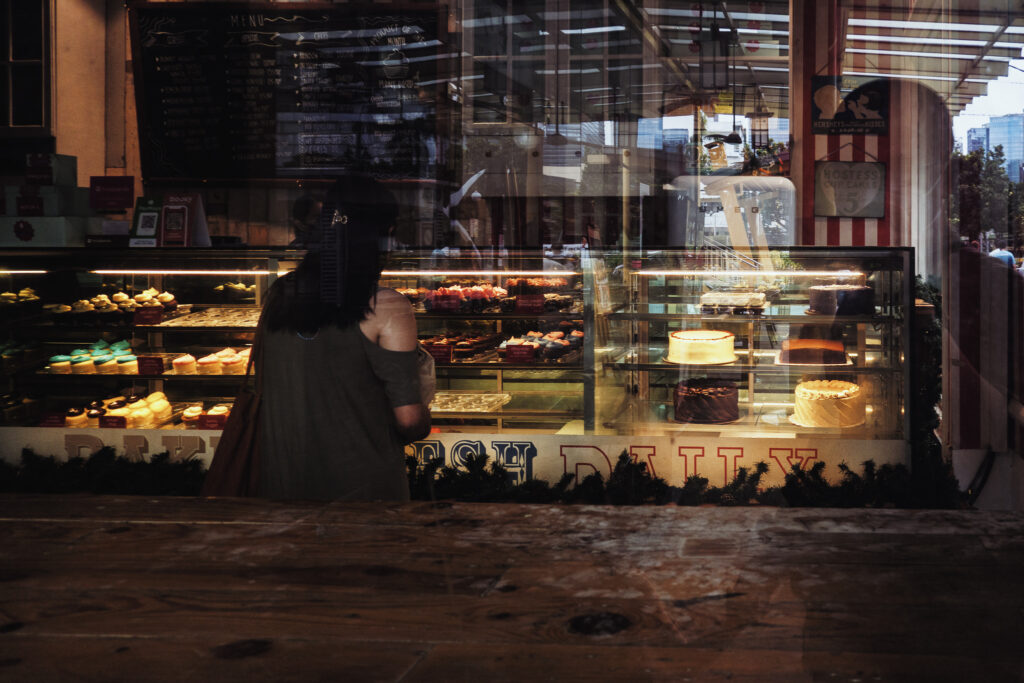
The important specs
- 20.1 megapixel stacked CMOS sensor (same megapixel count as previous cameras, but it’s the first one with a stacked sensor. Fun fact: The RX100 VII is actually the second camera in the world to get a stacked sensor. The first one was the Sony a9)
- 24-200mm full-frame equivalent f/2.8-f/4.5 lens (same 8.3x ultra zoom lens as the Sony RX100 VI)
- 20 fps continuous shooting, with full AF and auto exposure with no viewfinder blackout (same as the Sony a9) (this is down from the 24fps of the RX100 VI, but having the blackout free viewfinder is better, IMO)
- Single burst shooting mode with options for 30fps, 60fps and 90fps (focus and exposure are fixed)
- High speed shooting in high frame rate (HFR) mode: 240fps, 480fps, 960fps
- Built-in, pop up viewfinder with 2.36M dots (great for bright days when you can’t see the LCD)
- Real time tracking autofocus (the best in the business, bar none)
- Touchscreen LCD (a first for an RX100 series camera)
- Headphone jack, finally! But, there is no hotshoe to mount a microphone. You will need a cage or a shooting grip.
On paper, it may feel a bit underwhelming. The basic specs are the same and its essentially the same body as the RX100 VI. If you’re not a camera geek like me, nothing will immediately stand out as a big upgrade.
None of the hoped for updates are here: no brighter lens, no built-in ND filter, no larger battery, same specced pop up electronic viewfinder, same 20 megapixel image sensor.
But, as I said, it’s what’s under the hood that counts.
There is a reason why the Sony RX100 VII remains the king of point and shoot cameras.
But even with that, is there enough reason to justify spending for this vs dedicated interchangeable lens mirrorless cameras? Some of which are half the price?
Check the current street price of the Sony RX100 VII on Amazon.
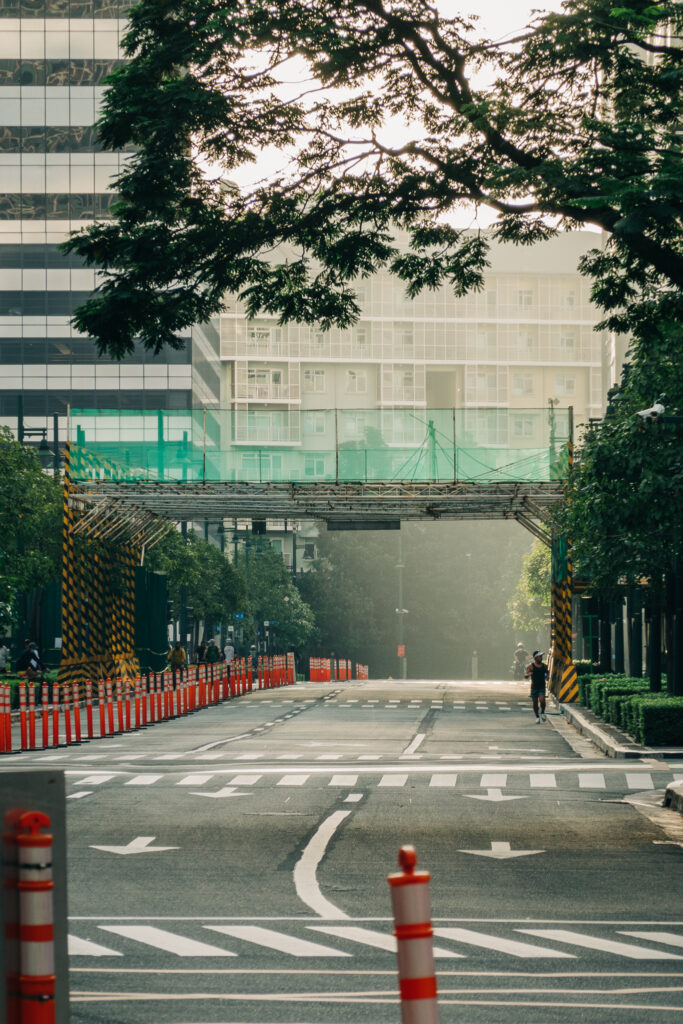
Real Time Tracking AF: What every compact camera needs
If you go read my Sony RX100 V review, my biggest complaint about the RX100 series was the handling.
Its biggest selling point – an ultra compact pocket camera with all the features of big cameras – is also the cause of its biggest issue: its so small that it feels like a bar of soap and the lack of controls can make it fiddly to use.
There are ways to improve the handling, such as getting a small grip and a wrist strap (see the best accessories for the Sony RX100 VII here), but my biggest issue with previous models of the RX100 was that it wasn’t easy to change your focus point.
I longed for a touch screen, or maybe even a tiny joystick to make placement of AF points easier.
Well, Sony finally give us a touch screen – but they also did us one better, to the point that I don’t actually need it anymore. More on that later.
Yes, this is the first RX100 camera with a touch enabled screen. This would have been very welcome already. But, guess what – I don’t actually use it!
I asked for it in my RX100 V review, but now that I’ve got it, I don’t use it at all!
Why? Because Sony has trickled down their Real Time Tracking AF technology to the RX100 series.
And let me tell you, it is a game changer!
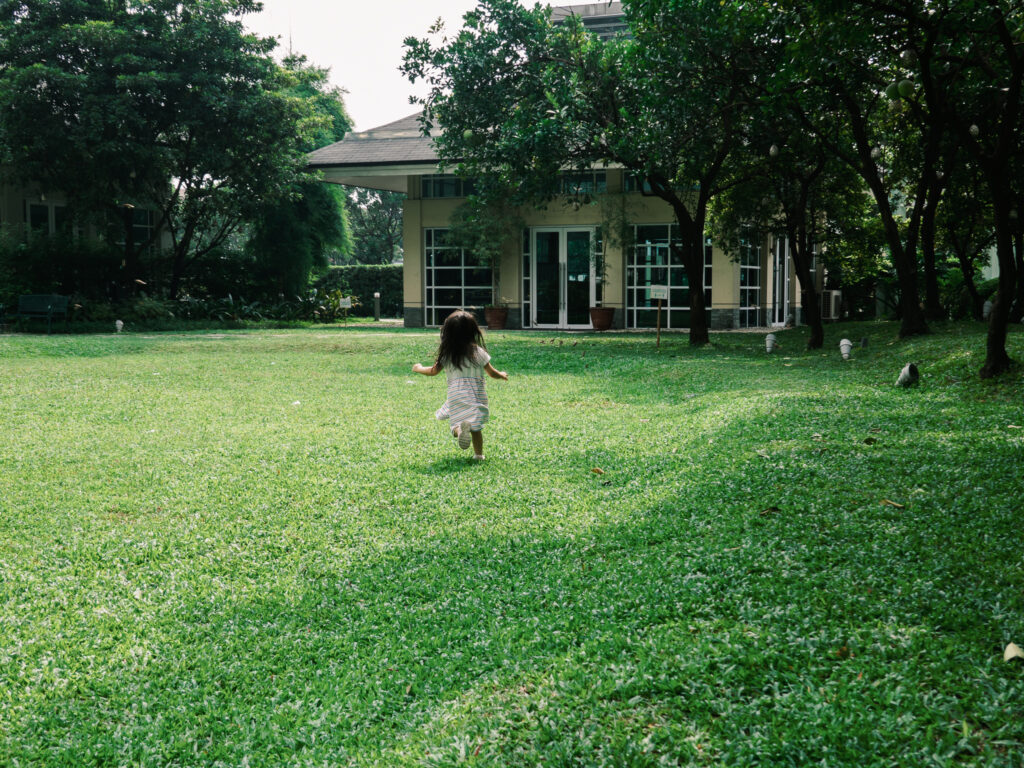
Sony’s real time tracking autofocus is the best in the business. Not only is it incredibly fast and accurate, it’s so easy to get great shots even when you or your subject is moving around erratically.
But that’s not all – it is also incredibly easy to use.
Here are my AF settings for the Sony RX100 VII: Tracking: Center.
That’s it. Those are my settings 98% of the time. I leave the AF point in the center, I half-press to acquire my subject, and it just sticks and tracks.
It doesn’t matter if my subject moves, or if I move (reframe) the camera. It will stick. What could be easier than that?
I do not have to worry about fiddling with a joystick or buttons to select AF points. I don’t have to worry about keeping my AF point over my subject.
The only thing I have to worry about is framing my shot and setting my exposure. I cannot tell you how incredibly liberating that is.
With this single update, I have no more desire for an AF joystick or a touchscreen to set my AF point on pocket cameras. Having this kind of autofocus system is just easier and nearly idiot-proof.
For me, for what I shoot, for my style of shooting, this feature alone, makes the VII worth the upgrade over previous models. It just brings the usability to a whole new level.
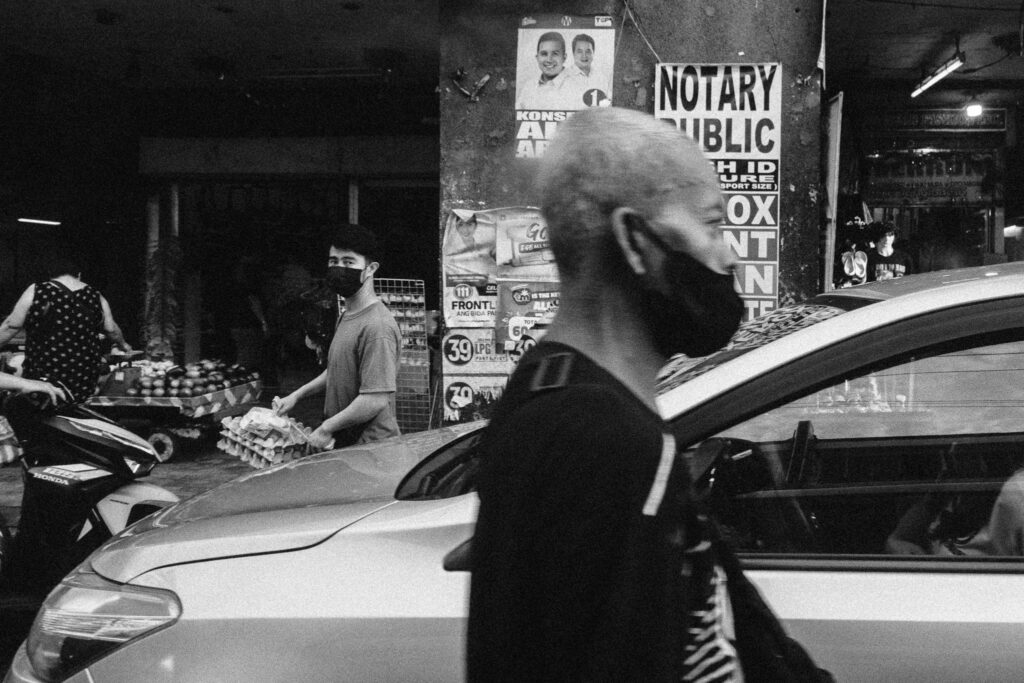
The ultra zoom lens
The lens is the same 24-200mm f/2.8-f/4 equivalent that was first seen on the RX100 VI.
While it isn’t as bright as the 24-70mm f/1.8-f/2.8 on the RX100 V and the Sony ZV-1, Sony did manage to cram a whopping 8.3x optical zoom into a compact camera that’s smaller than some people’s wallets.
The lens retracts into the body, just like all previous versions, and similar to the Ricoh GR series.
The ultra zoom lens puts the RX100 VII (and VI) into travel zoom camera territory.
I have to admit, when the RX100 VI was released, I wasn’t too happy with the change in the lens. For the way I used the RX100 V, as a daily, carry-everywhere camera, I preferred the shorter zoom range but brighter aperture.
Especially on a 1-inch sensor, you need all the light you can get.
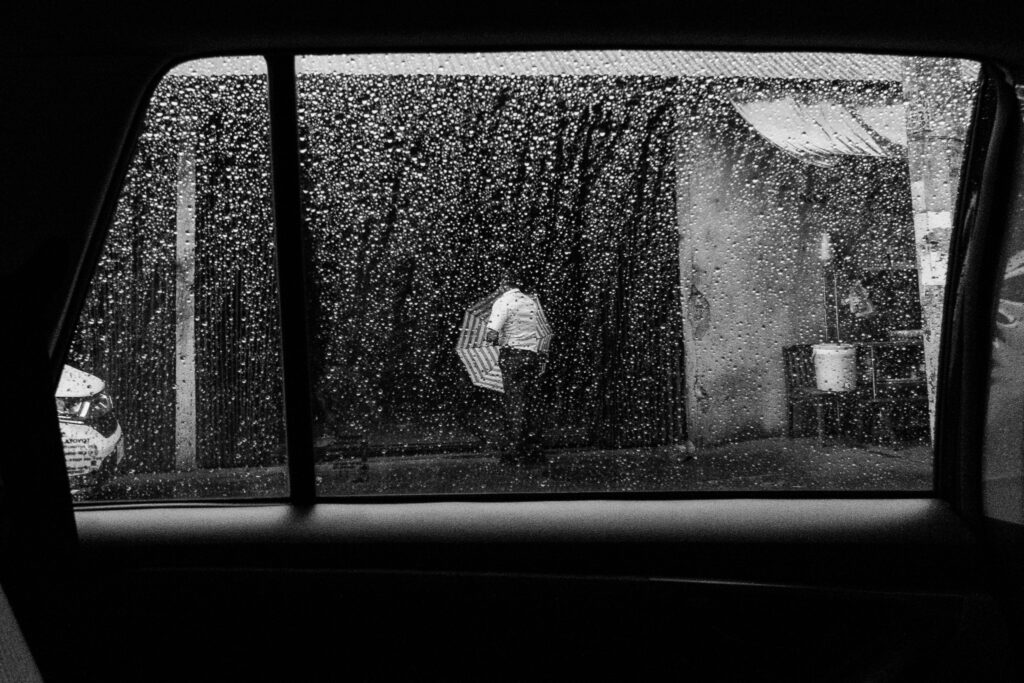
But when the RX100 VII was announced with ‘real time tracking’ AF and blackout free shooting, I started toying with the idea of finally upgrading my RX100 V.
Because of the travel restrictions from the pandemic, I haven’t been able to use the RX100 VII as much as I would have wanted. That’s also the reason why I’m only reviewing it now. I needed a bit more time with it.
But I have to say, the new lens has won me over. The longer zoom range is really handy and, while it’s not as bright as the old one, it’s still somewhat usable in low light.
And the big surprise for me is that it fits in perfectly with my intended use: as a companion zoom to another camera with a larger sensor. In my opinion, it actually fits this role better than a RX100 V or the Sony ZV-1.
Doesn’t matter if I pair it with my Ricoh GR III, Olympus EM5 III or my Sony a9 with a prime lens. The RX100 VII earns its place in the bag.
A lot of that comes down to the size of course. It’s so tiny you can easily throw it in a corner of your bag and forget it’s there.
And the incredible zoom range also has a lot to do with that. Having a lens with the reach all the way to 200mm isn’t something I need everyday. But it is something I like having in the bag to be able to compress landscapes, sunsets, detailed urban shots etc..
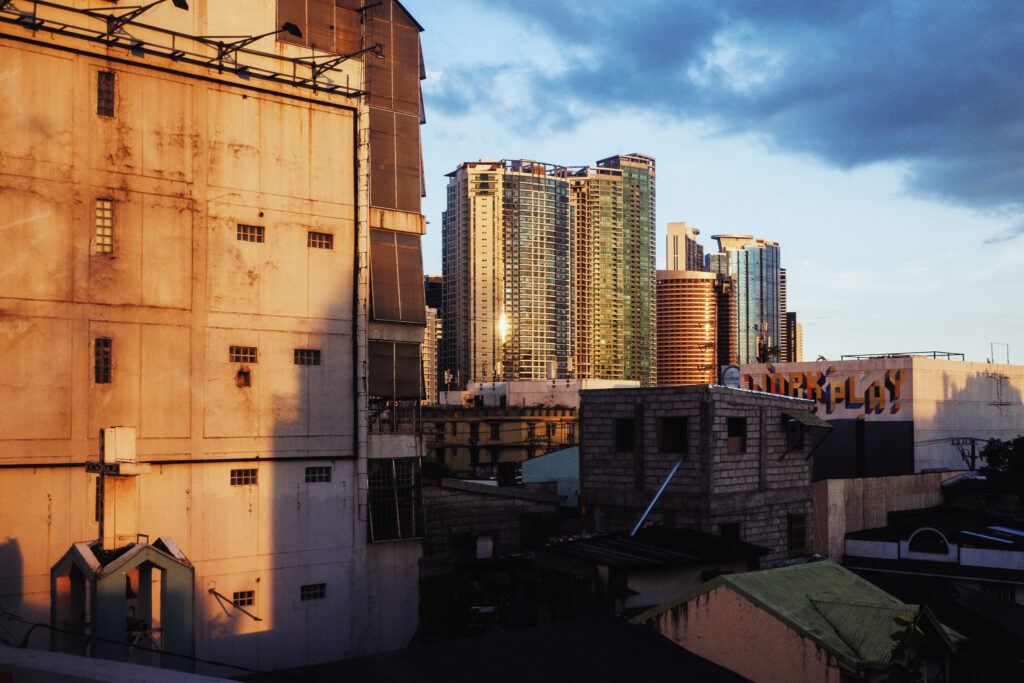
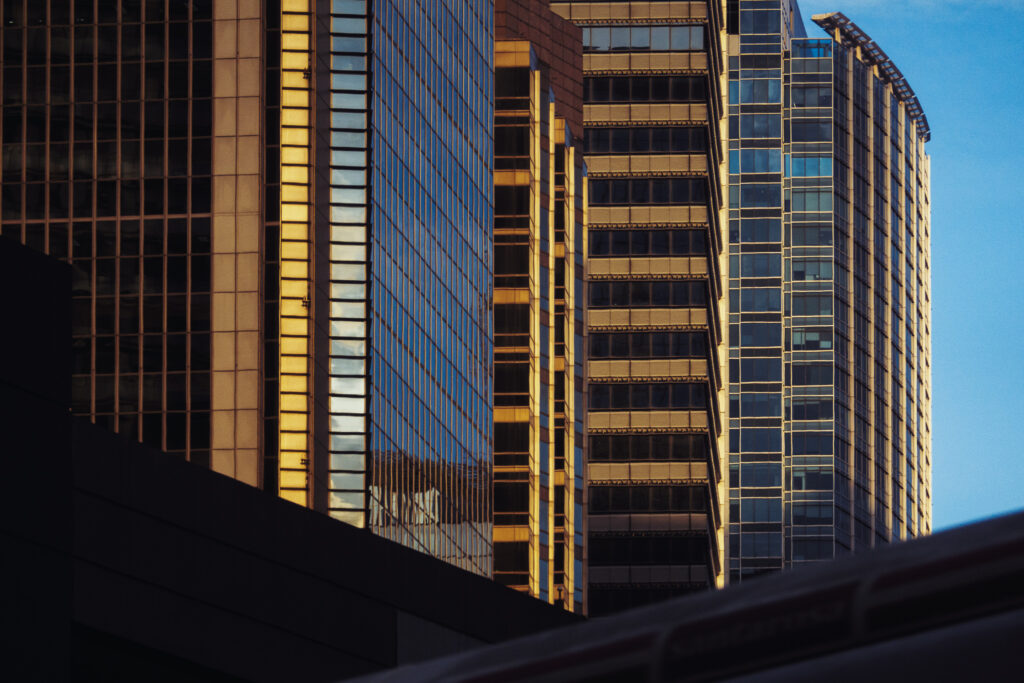
The problem is that most lenses that cover 200mm are large. You have to decide if the weight and size are worth bringing them with you. And for me, the answer most of the time is a hard ‘no!’.
Before getting the RX100 VII, my tiny telephoto lens of choice was the Panasonic 35-100mm f/4-f/5.6 for micro four thirds. It’s a compact, image-stabilized lens with pretty good optics.
But, despite its tiny size, the Panasonic still has to go on a body. And even with the smaller m43 bodies like the Panasonic GM5 or GX850, it’s still going to be quite a bit bigger than the RX100 VII.
In my case, I had the Olympus PEN-F, then the Olympus EM-5 Mark III. More often than not, even with the tiny Lumix 35-100mm, the size was still too big as a ‘just in case’ telephoto set-up in combination with a primary camera.
What finally pushed me over the edge to sell the Lumix 35-100mm f/4-5.6 and replace it with the RX100 VII is Sony’s significantly better tracking AF.
I have a very active 4 year old and I try to document our adventures almost daily. And my keeper rate with the RX100 VII is significantly higher than with the Panasonic lens. Or with any small camera and lens. It’s not even close.
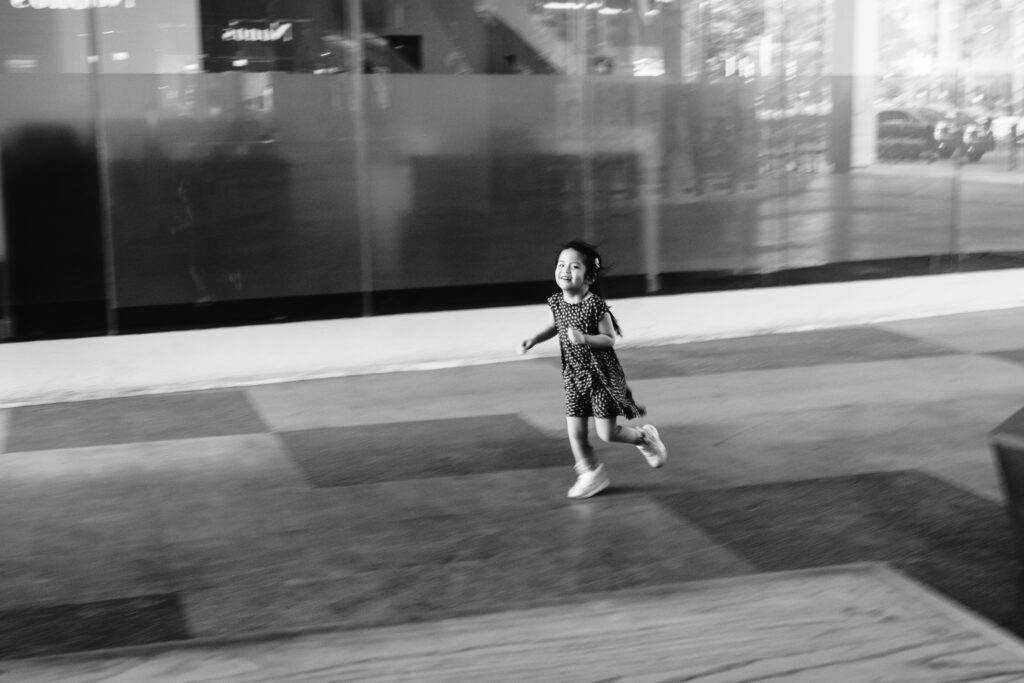
The RX100 VII wouldn’t be my first or second choice for sports and wildlife photography – I’d prefer something with a larger sensor. But, there is no question that the AF can more than keep up if needed. If you need a quick shot of your child running on the soccer field, or of your pet jumping around, it can more than do the job.
The RX100 VII does have animal eye AF, but honestly, I rarely feel the need to use it. Just the regular tracking mode is enough. Maybe its also because of the larger depth of field of the smaller sensor, but I have had a near 100% hit rate on fast moving dogs running straight at the camera, for example.
Maybe for close-up portraits of pets, animal eye AF will come in useful. But for whole body action shots, just regular tracking mode works great.
If I’m shooting static scenes, like city scenes, which I love doing with telephoto lenses, the advantages of the Sony AF system don’t come into play. In fact, the superb in body image stabilization on micro-four third bodies would be preferable in this scenario.
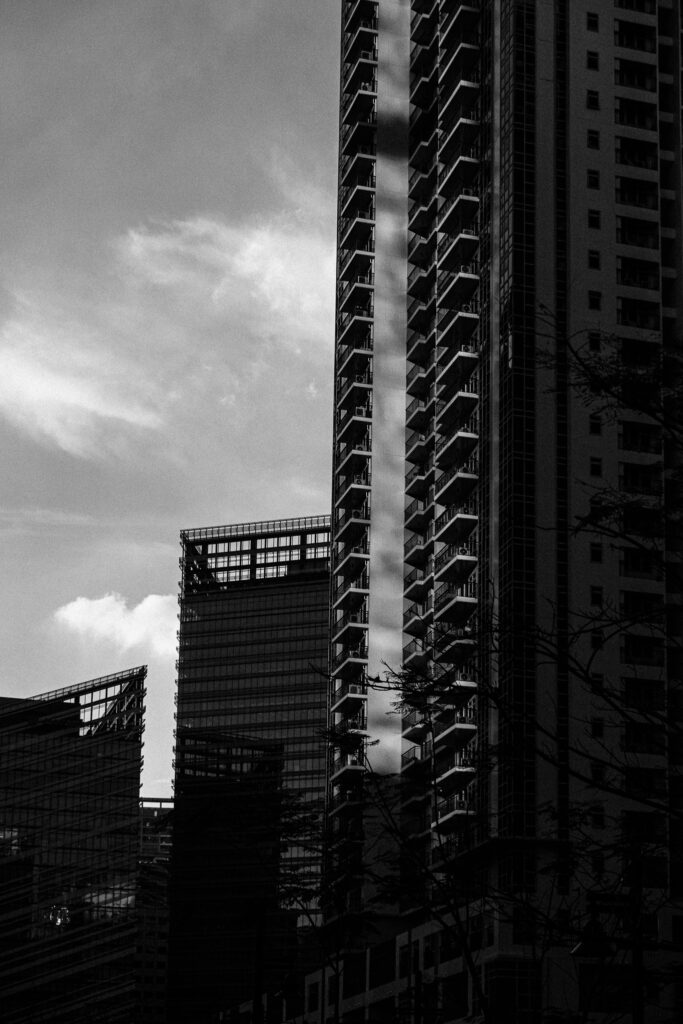
But the Sony really takes the advantage for anything that moves. Even where people aren’t particularly moving that fast, it’s just so painless working with the RX100 VII.
The latest gen AF system just finds focus and sticks. For a point and shoot camera, that’s really all I can ask for.
Image Quality: How good is it in low light?
With a 1-inch sensor and an f/2.8-f/4.5 lens, it’s not the camera for low light work. If you must absolutely have a compact camera for low light work, you’re better off with the Sony ZV-1, the Ricoh GR or a micro-four thirds camera with a fast prime.
But, I find the low light performance to be perfectly adequate.
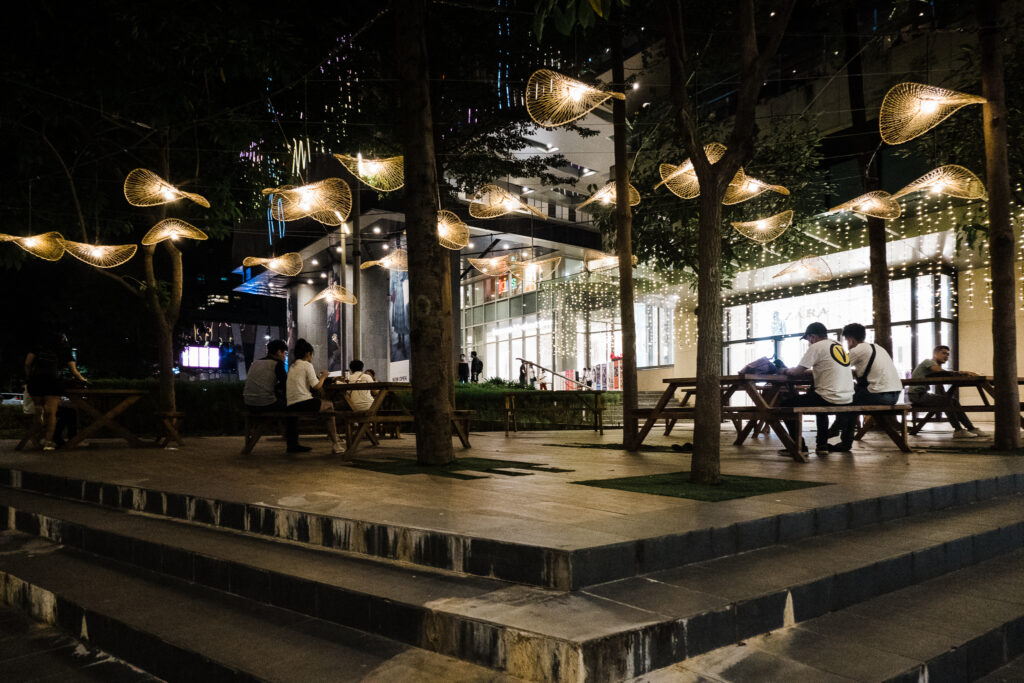
I’ve used it in some low light environments and while the noise level is high, it’s still quite usable.
For what I use the RX100 VII for, the only times I would find myself using it in dim light is indoors for social settings. And in that situation, I’m mostly going to be using it at it’s widest 24mm-equivelant, where the f/2.8 is more than adequate. Sure, the f/1.8 of the Sony ZV-1 and the Sony RX100 V would have better low light performance, but the new lens isn’t completely unusable.
Although I will caveat that by saying that I am generally not sensitive to noise in my images. As long as it’s detailed and not mushy, I am fine with grain. With some of my cameras, I even add grain in post-processing.
I am more than fine with shooting the Sony RX100 VII up to ISO 6400.
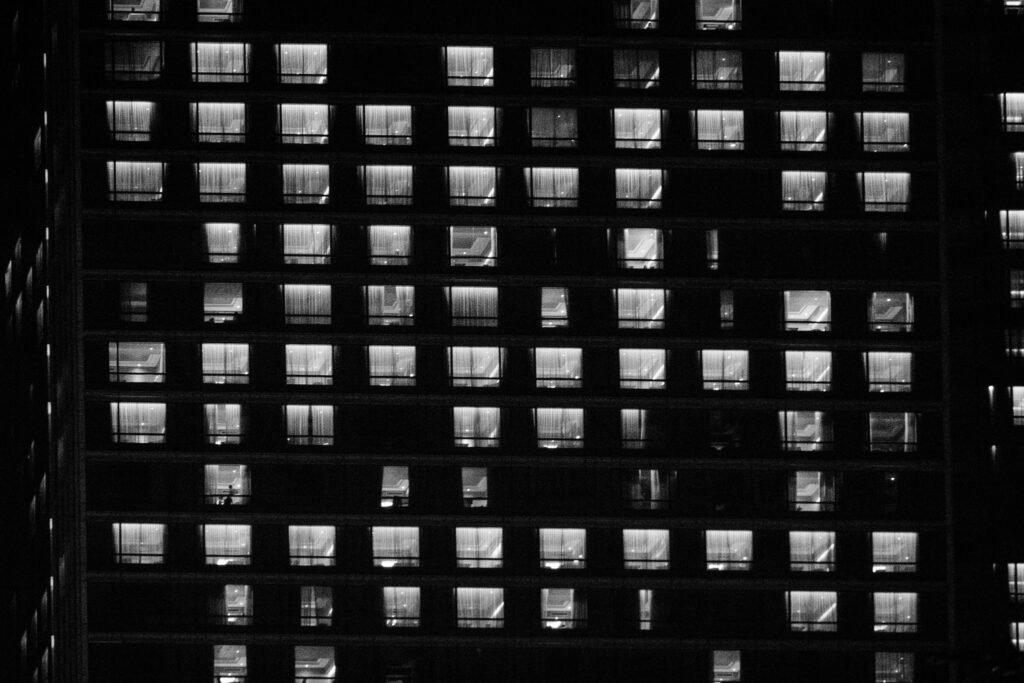
If needed, the RX100 VII does still retain its pop up flash. It’s tiny and doesn’t have much power, but it can get the job done in social settings. Personally, I rarely use it. I’m just not a big fan of the harsh light from a pop up flash. I’d rather have the high ISO noise. YMMV.
In good light, the sensor is fantastic. It comes very close to m43 sensor quality at base ISO. As you go higher (ISO 1600 and up), m43 will still have a clear advantage. But compared to even the latest gen smartphones, the RX100 VII can shoot in more situations.
If I absolutely need clean files, a quick run through of high ISO images on DXO DeepPrime (paid) does wonders. But, as a said, I am not that sensitive to noise, so I rarely take the extra step of running images through noise reduction software.
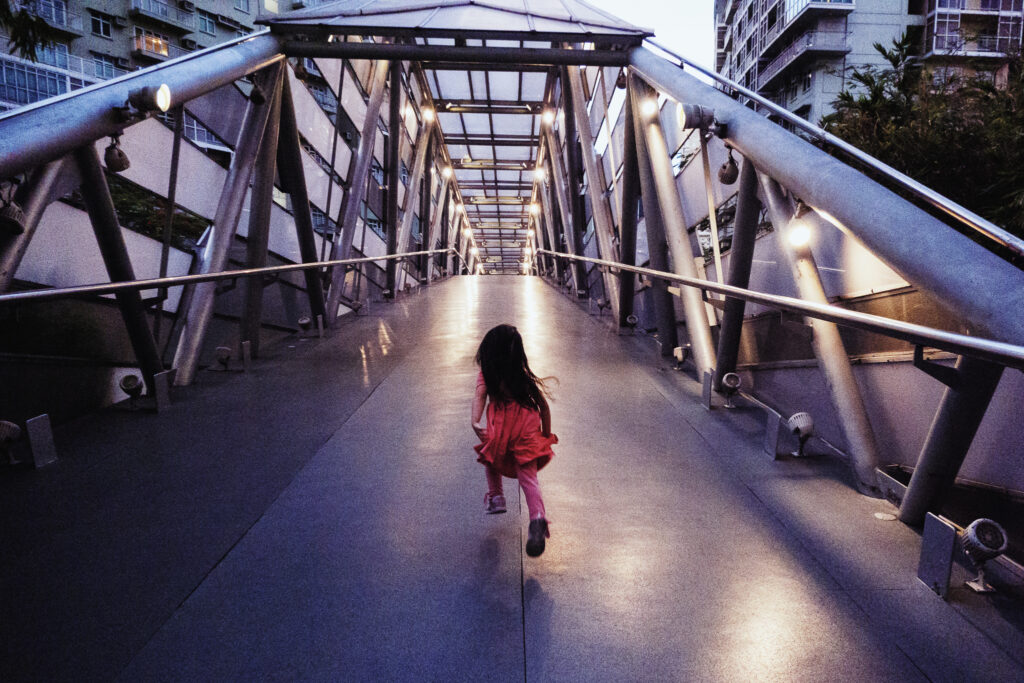
Sony Cyber Shot RX100 VII vs smartphones?
Some will bristle at this comparison.
But, I think it’s a fair question. There is a reason point and shoot cameras have been on a steady decline.
Mirrorless cameras have far better image quality than smartphones. Everyone knows that and accepts that, because everyone also knows there is a significant trade-off in size and pocketability.
But, when you have a dedicated and expensive point and shoot camera that isn’t much larger than most smartphones but with a sensor larger than most phones but smaller than most mirrorless cameras – well, the question isn’t as clear cut anymore.
A latest gen smartphone can output seemingly comparable quality if you’re shooting a static scene (i.e. nothing is moving). In some cases, a smart phone image might actually look better straight out of camera. This is true as long as you don’t pixel peep. The computational photography in recent smart phones have really come a long way.

This will probably need its own article, because it can easily be misunderstood – but I would say that yes, in certain situations and for certain types of photographers, the image quality between a latest gen smartphone and the RX100 VII will appear indistinguishable – as long as you don’t pixel peep, don’t crop heavily and if you are only viewing on-screen such as on social media platforms.
The computational algorithms of the latest smart phones truly are amazing. Smartphones also carry a lot of advantages – you always have them with you and almost anyone can use them effortlessly.
There is no confusing menu system, there is no mode dial to fiddle with, you don’t even need to show people where the shutter button is. Your grandma, your server, your 5 year old, anyone intuitively knows how to use them.
If you want something simple, you only shoot static scenes and only share on social media, maybe, just maybe, you don’t need a dedicated camera. Getting a top of the line smart phone every two years would serve you well.
But if you photograph anything moving or if you want more control over your camera settings, then it’s a no contest. The RX100 VII will wipe the floor with any smart phone.
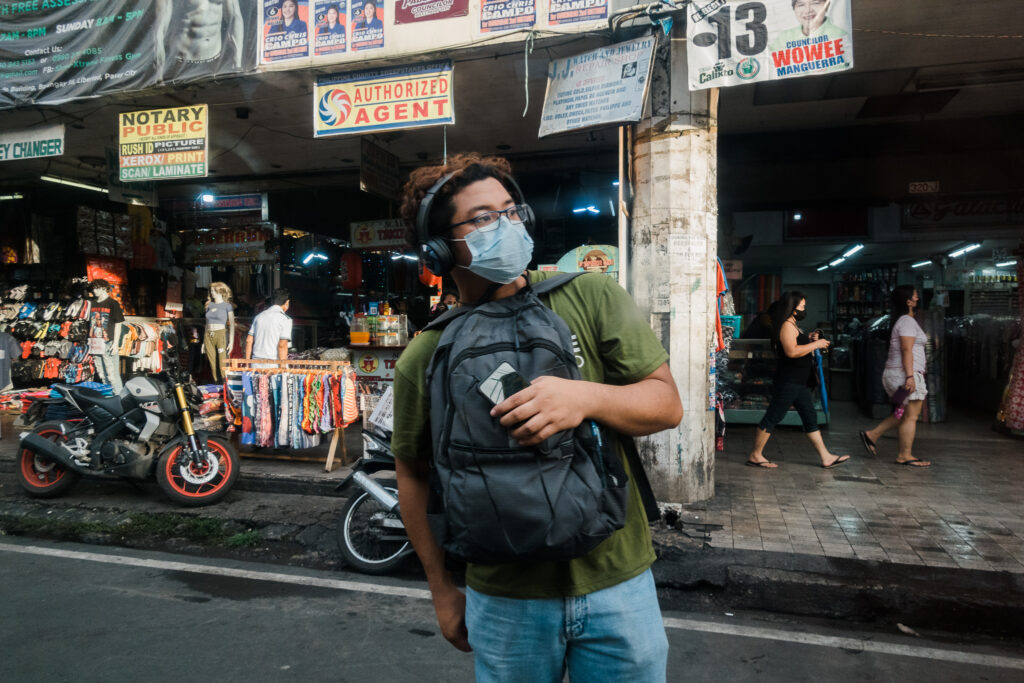
Even ignoring the advantages of the 1-inch sensor, there are a lot of handling advantages that make shooting with the RX100 more enjoyable.
The pop up electronic viewfinder is a life saver in bright light where you won’t even be able to see your smartphone screen.
The continuous shooting and high speed shooting abilities of the RX100 are things smartphones can only dream of at this time.
Plus, of course, the vast majority of smart phones just can’t cover the focal range of the RX100 VII zoom lens.
Some phones have three or more lenses, but most still rely on a combination of digital zoom and optical zoom, which simply cannot compete with the reach and range of the lens on the RX100 VII.
Now, just to be clear – the Sony RX100 VII, or any 1-inch sensor camera can and will output significantly better quality files. Even when shooting static scenes.
But, they sometimes need a bit of extra work to get the most out of them. If you post-process images (beyond a simple Instagram filter), then there is no question that the RX100 VII will output better files.
For smartphones, the key is really in its ‘instant gratification’ and simplicity. The file quality isn’t the same, you can’t crop too much, you can’t push the files too much in post processing.
But for viewing on screen, they are sometimes indistinguishable. And if that’s good enough for your uses, why spend more and carry another camera?
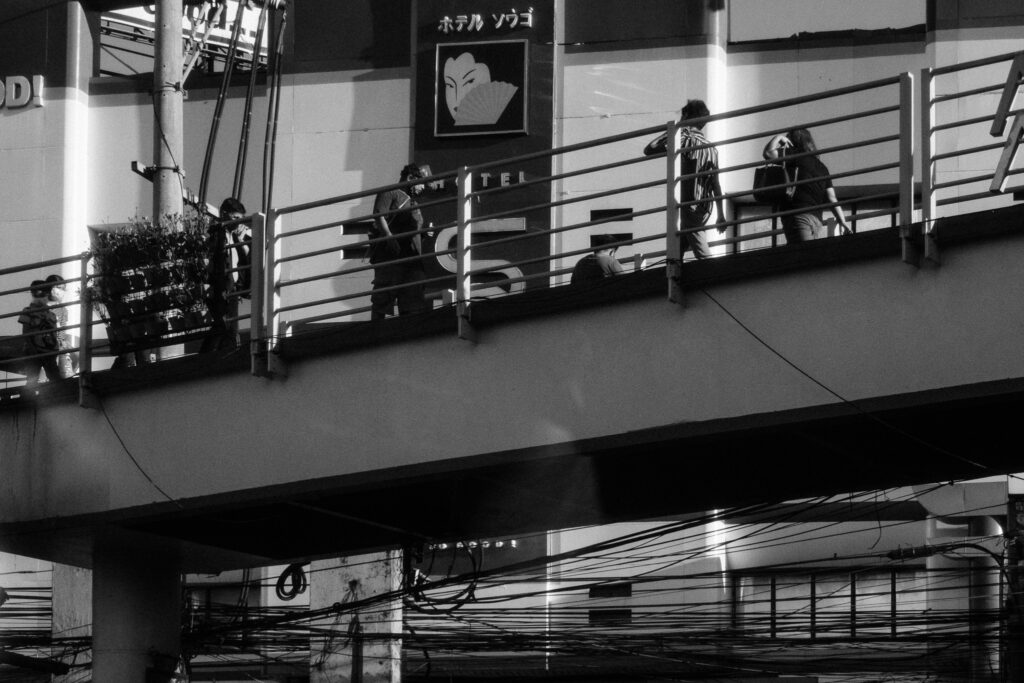
Sony RX100 VII for video
Most of the videos I take with the RX100 VII are short family clips, so you’ll probably have to go elsewhere to get a good rundown of all the video features.
But, make no mistake, the RX100 VII is a video powerhouse.
All the features from stills mode are here – eye AF, real time AF tracking. They all work, and work seamlessly. Getting critical focus is easy and effortless.
The big addition for the VII is the addition of a mic jack. It’s the first in the series to get a mic jack – but – it doesn’t have a hot shoe, so you will need a cage or some other way to add a cold shoe to mount your microphone.
No more built-in ND
One big change when Sony moved to the 24-200mm lens on the RX100 VI and VII is that it no longer has a built-in ND filter. That’s a problem if you want to keep ‘normal’ video shutter angle. Personally, for my uses, I don’t find this a big deal. I just up my shutter speed instead. For casual use, most people won’t notice.
If you must use the proper shutter angle for a ‘filmic’ look, there are third party accessories which will allow the use of a variable ND filter. It’s an extra cost and a bit of hassle, but at the end of the day, I don’t find it a major deal breaker.
Stunning 4K quality
As Sony does with most of their cameras, 4K video is oversampled from 5.5K capture. It is extremely detailed and sharp. This is again where the Sony RX100 VII earns its premium over other cameras like the Canon and Panasonic 1-inch sensor compacts.
Video quality has never been a problem with the RX100 series. Even the V and VI had better 1080p quality than the likes of mirrorless cameras like the Sony a6300. That trend continues here. 1080p and 4K quality is superb.
Image stabilization for video
The Sony RX100 VII does have optical image stabilisation (OIS) for video.
It’s not great. If you want to do walking shots, or walk and talk vlogging videos, you will be bothered by the poor stabilization.
It’s great for handheld static shots though. Where you try to keep the camera as steady as possible. It gets rid of a lot of micro-jitters. So, in terms of simulating a monopod, it’s really good, even at 200mm-equivalent.
For walking shots to simulate a gimbal, even at the widest end, it’s not great.
There is a new ‘active image stabilization’ option in 4K, which give an additional crop (1.19x) to your footage.
Having active image stabilization is much better for walking shots, as long as you can live with the crop.
It is a fairly significant crop, too. If you’re filming at the wide end (24mm-equivalent) and turn on active stabilization, you field of view will be effectively cropped to about 29mm-equivalent.
That’s just not wide enough for some uses, especially for walk-and-talk vlogs.
The RX100 VII is also sold with a shooting grip kit which includes a handle/tripod that helps with vlogging and allows you to control zoom and shutter button (start/stop recording) functions.
Does the Sony RX100 VII work with Catalyst Browse?
Yes, the Sony RX100 VII does work with Sony Catalyst Browse!
Outside of using a gimbal, using Sony’s free Catalyst Browse software is the best way to get stabilized footage from the Sony RX100 VII.
I was surprised to see that the files from the RX100 VII are supported by Sony’s free Catalyst browse software.
This wasn’t mentioned in any of the reviews when I was planning on getting the camera, so I think this was added just recently.
So, basically, Catalyst Browse is a free software from Sony (for both Mac OS and Windows) that lets you manage video files from certain Sony cameras. You can edit metadata, apply global correction, rotate clips etc…
But, the most used feature in Catalyst Browse is its image stabilization feature. Basically, it takes the gyro data from the camera to better stabilize your footage. In my experience, it does a noticeably better job at stabilizing footage than Adobe Premiere’s Warp Stabilizer or the stabilization feature in Final Cut Pro.
It does work wonders, and it can really smooth out video clips. For those who dislike carrying a gimbal, and don’t mind the extra step to process files on a desktop computer, it’s worth looking into.
You can get Sony Catalyst Browse for free here.
Flip up LCD screen
The LCD screen flips up 180-degrees so you can view yourself while filming.
Because the camera doesn’t have a hot shoe up top (Sony opted for a pop-up flash), your microphone won’t be covering the LCD.
Another advantage of this type of flip-up screen is that it is more discreet for waist level street photography vs an LCD that swings out to the side.
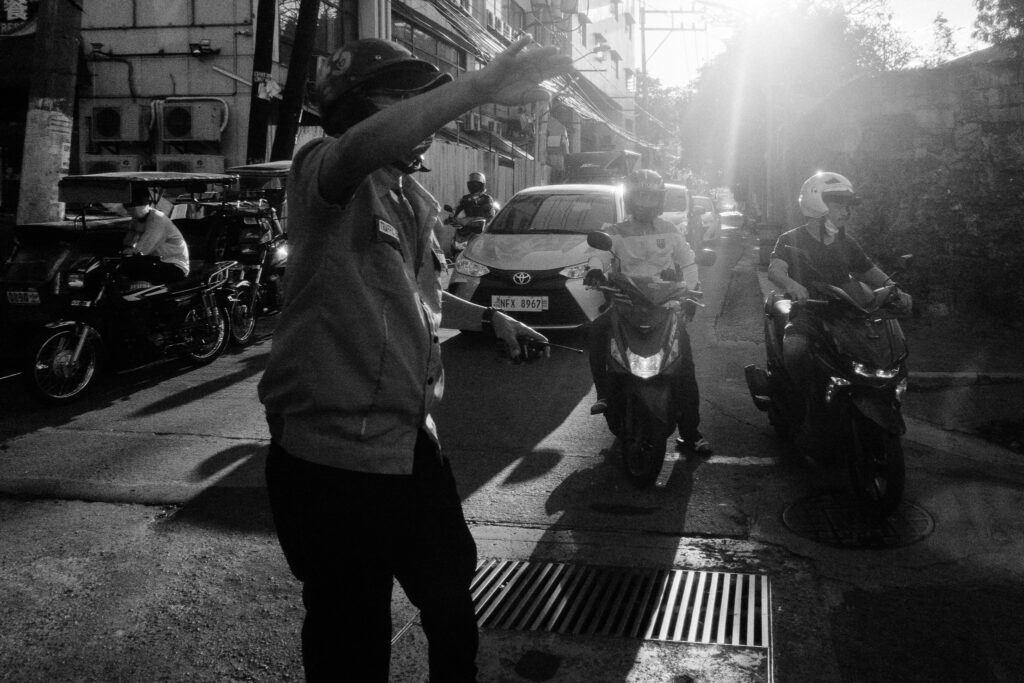

Microphone Jack
One of the headline features of the RX100 VII is the addition of a mic jack.
Previously, you either had to record to a separate device like a Zoom recorder and sync audio in post, or plug your mic through an external recorder.
However, it should be noted that if you want to mount a microphone on-camera, you’ll have to pony up for a cage or Sony’s own shooting grip which includes a cold shoe for mounting a microphone on the side.
What I don’t like
It’s not all perfect though. As much as I like the camera, there are a couple of things that I don’t love.
The battery life
We still have the same Sony NP-BX1 battery. It’s simply not enough for a whole day of shooting. For a travel camera, that is annoying. Spare batteries (more than 1) are recommended.
I think the NP-BX1 is long due for a replacement. We’re on the seventh iteration of the series, and this battery debuted on the original Sony RX100, when 4K video wasn’t even a thing.
Related: The Best Sony RX100 VII accessories
By updating the battery, Sony could potentially solve two problems here. A bigger battery will of course improve battery life, but it would also force a re-design of the body.
Personally, I wouldn’t mind a slightly bigger grip to accommodate a bigger battery. So, with that, Sony could solve battery issues AND handling issues with one change.
Image Stabilization: Not as good as it could be?
The second thing is the image stabilization. It’s useful, and I’m glad it’s there, but it just isn’t very good.
Maybe I have been spoiled by the IBIS in my Olympus cameras, but the optical stabilization system on the Sony RX100 series just isn’t that great.
To be fair, it could also be due to the small body of the camera. There just isn’t enough mass and weight to help you keep it steady.
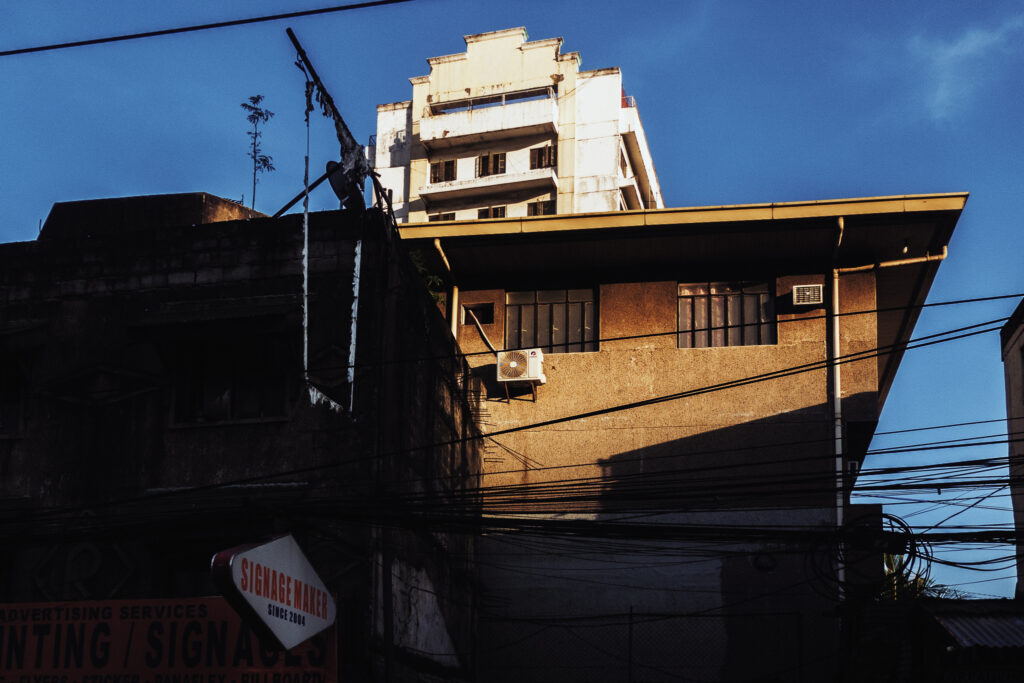
Sony RX100 VII Sample Images
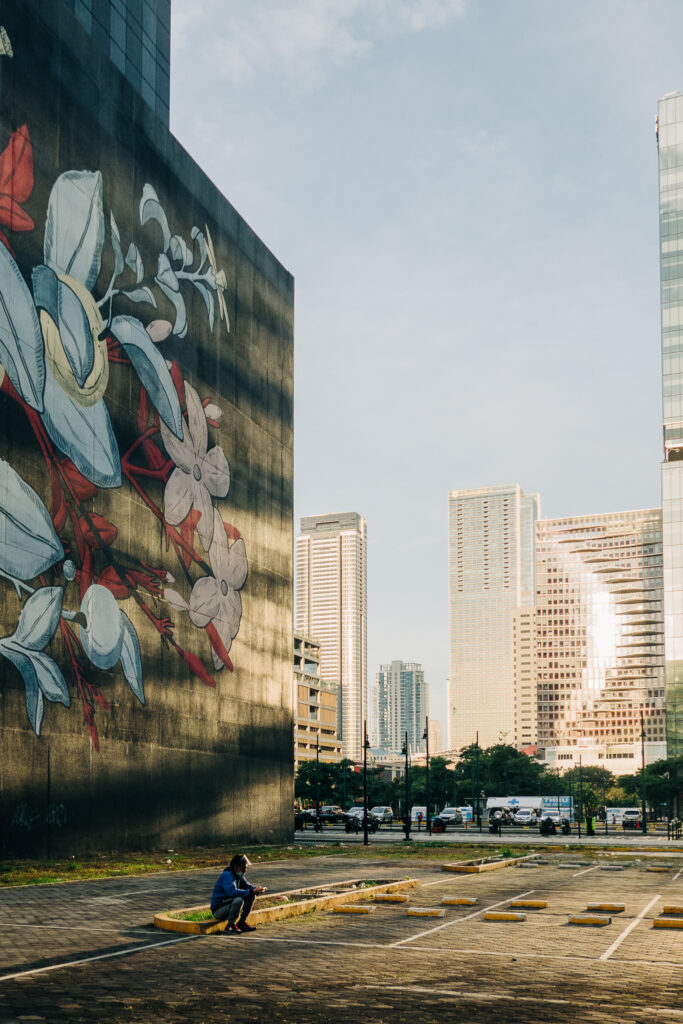
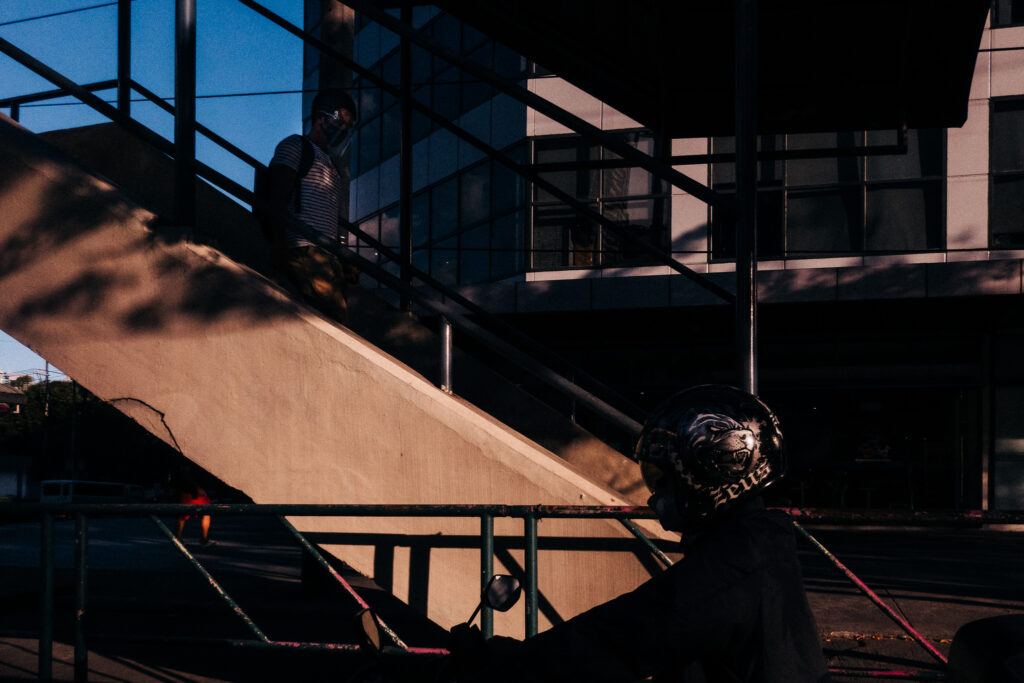
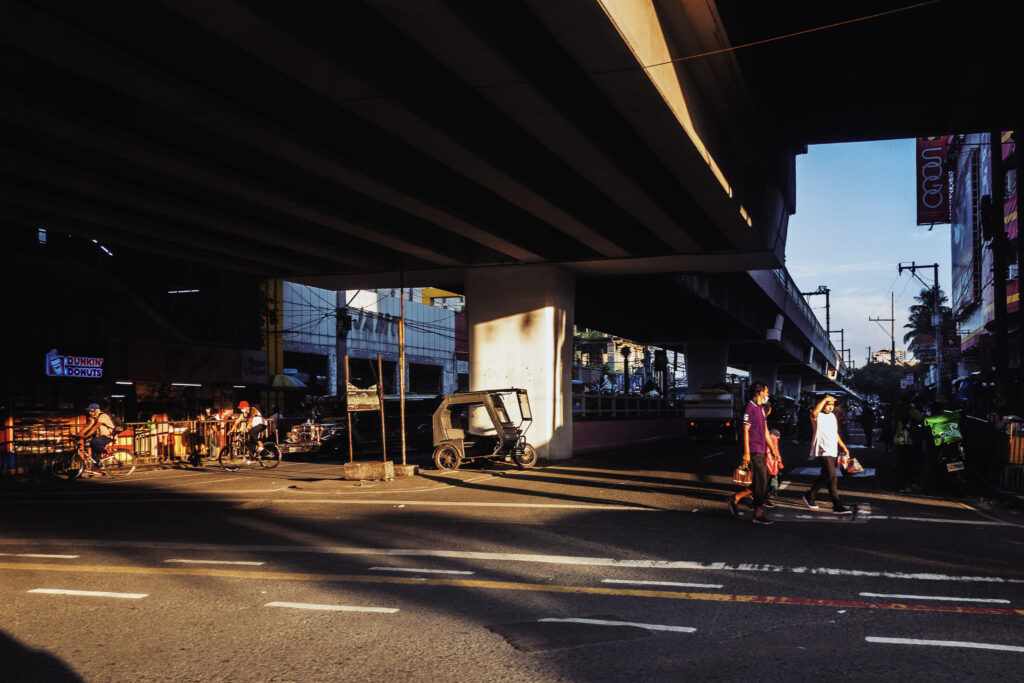
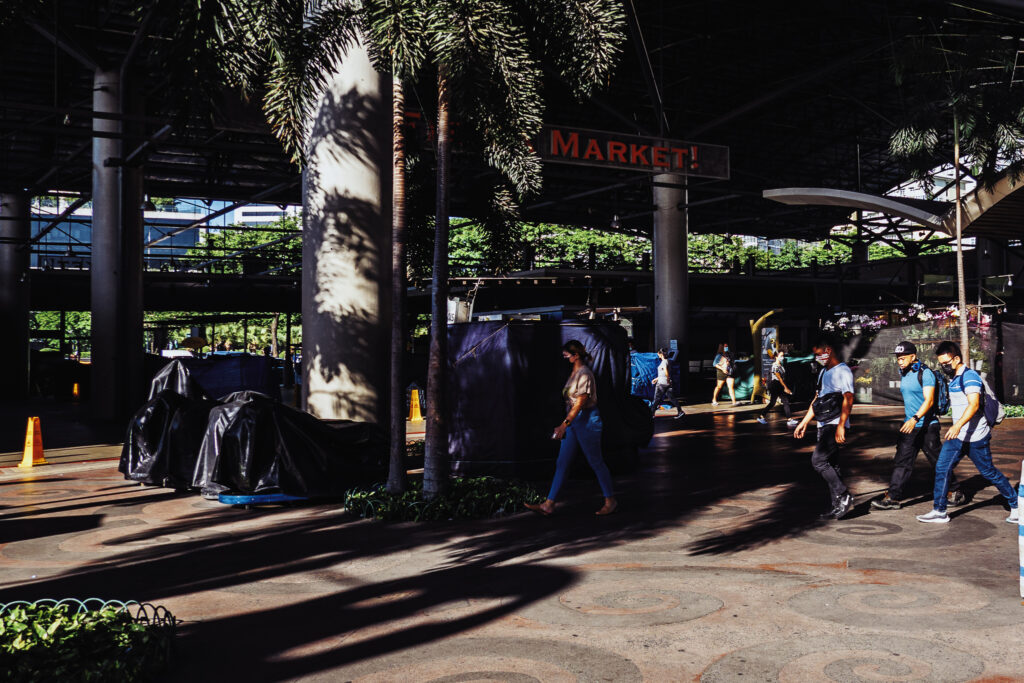
There is no way around it. The RX100 VII is a premium camera, and priced accordingly. (Check the current street price on Amazon)
It’s not an impulse purchase. But if you’re in the market for a high quality compact camera with class leading autofocus, it’s definitely worth it. There just isn’t any competition with this kind of portability.
There are small cameras with larger sensors and better image quality (like the Ricoh GR III), but those are more niche and don’t have anywhere near the versatility of the 24-200mm zoom lens, the video features or the AF performance of the Sony RX100 VII.
There are other 1-inch sensor compact cameras from Panasonic and Canon, but they either lack an electronic viewfinder, headphone jack or the stunning auto focus performance of the RX100 VII.
And that’s even before we start talking about unique features like the super slow motion options in S&Q mode, the real 120fps in full HD video and the black out shooting.
The feature set and image quality you get for the size is unmatched. And if you need the speed and AF performance, there simply isn’t anything like it. And Sony knows it, that’s why they can get away with this kind of pricing.
It bears repeating: The autofocus is class leading.
It’s not just good for a compact camera, it’s good period. It’s the only compact camera with this kind of auto focus performance.
If you wanted a small and light camera with this kind of AF ability, the only alternative at this time is the Sony ZV-1 (but it has no electronic viewfinder or lens control ring and the controls are geared for video use).
Beyond that, if you want the same AF system, you’ll have to look at larger, interchangeable lens options like the Sony ZV-E10 (also no viewfinder) or a Sony a6400, which is much bulkier, especially if you want a lens to take advantage of the larger sensor. And let’s face it, you don’t really buy something like the a6400 just to use the kit lens.
The image sensor on these cameras are larger and better for low light, but the tradeoff is going to be in pocketability.
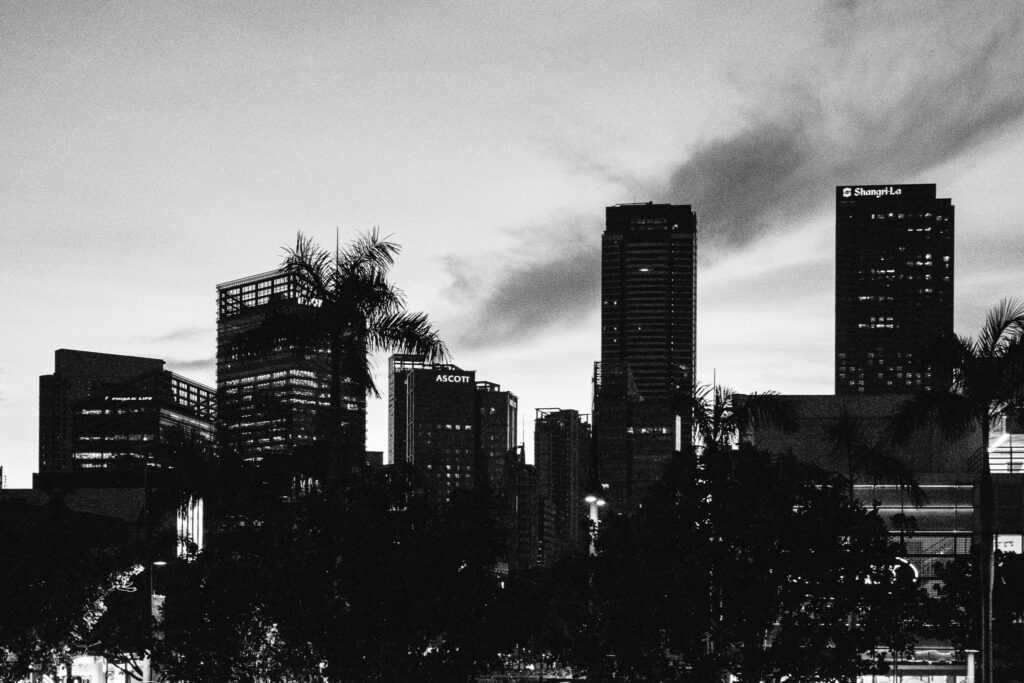

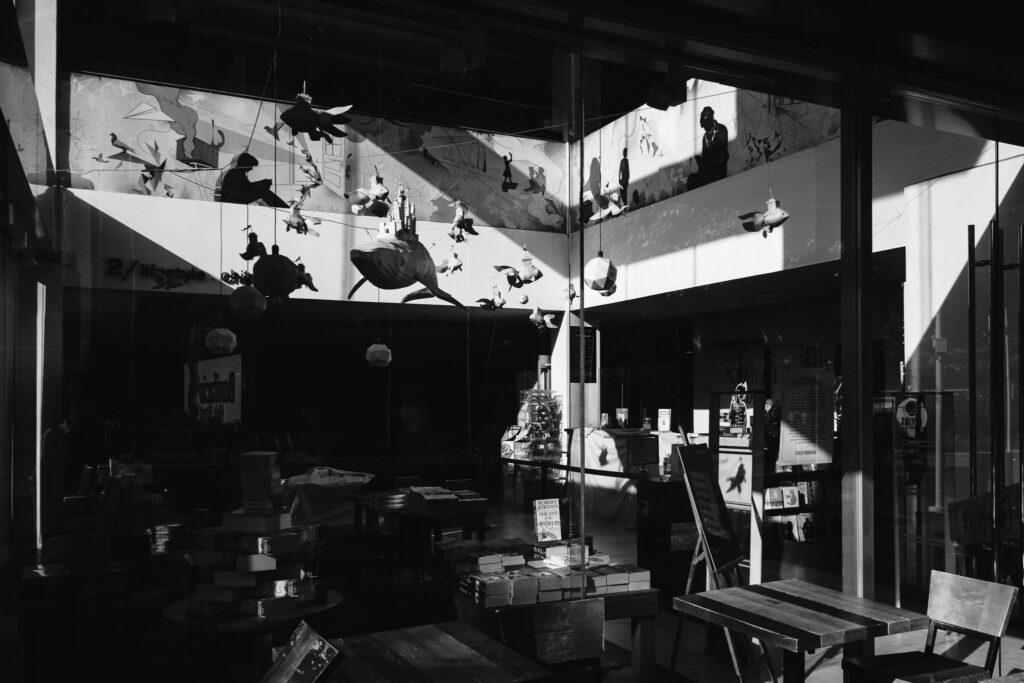
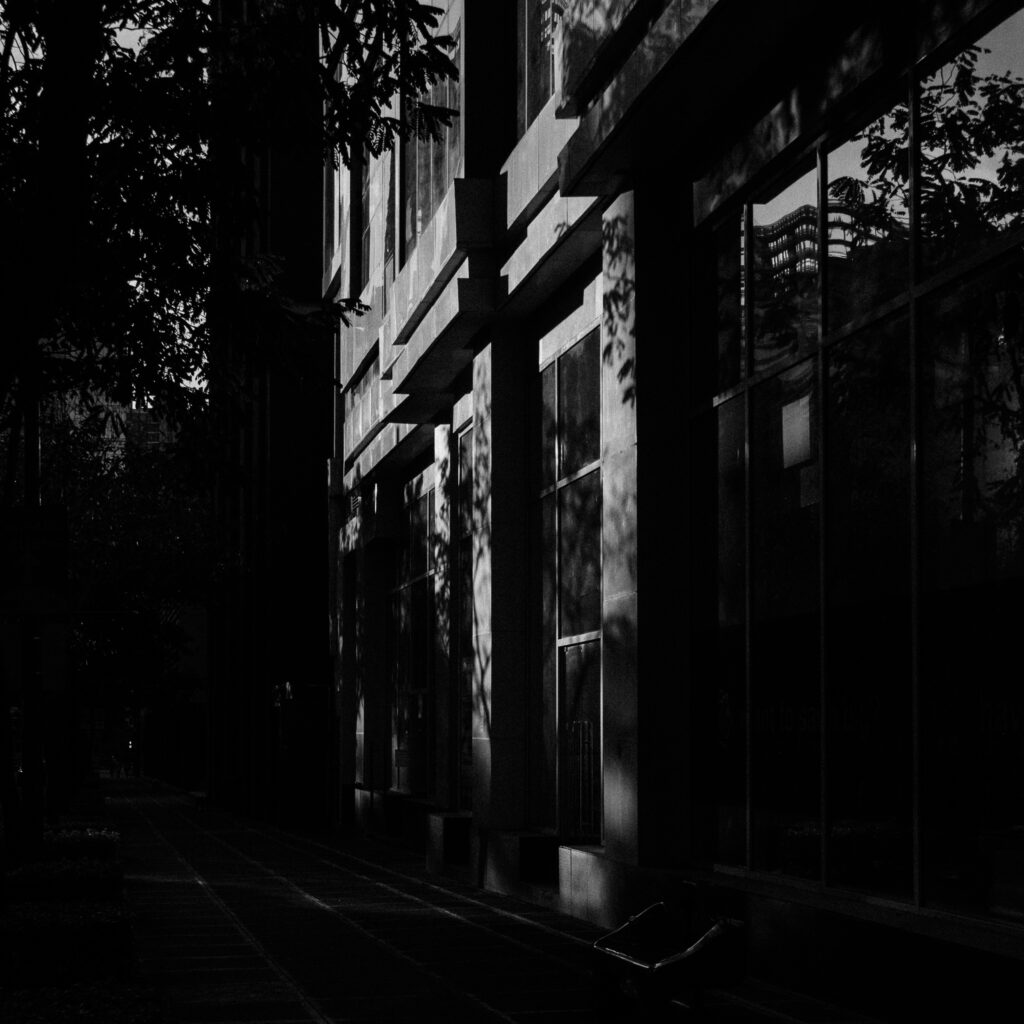
Is the Sony RX100 VII worth it?
Yes. As long as you know you’ll take advantage of the AF and other features. If you mostly shoot static scenes, you might be better off getting one of the older versions like the RX100 V with the brighter lens or saving a bit and getting the RX100 VI if you want the long lens.
If you don’t care for the autofocus performance, video recording features, headphone jack or the electronic viewfinder, you can grab other 1-inch sensor cameras like a Canon G7X Mark III or a Panasonic Lumix LX10 for half the price.
A lot of why I love the RX100 VII has to do with the auto focusing system.
But, it’s also a combination of all the little things that sum up to a great experience.
The small but detailed viewfinder is a lifesaver in bright sunlight. The customizable control ring around the lens (I have it set to step-zoom) improves handling and is something the Sony ZV-1 does not have.
The high speed continuous shooting really makes it feel like a baby A9. That’s not an exaggeration, I also have a Sony a9, and yes, the RX100 VII does keep up in terms of speed.
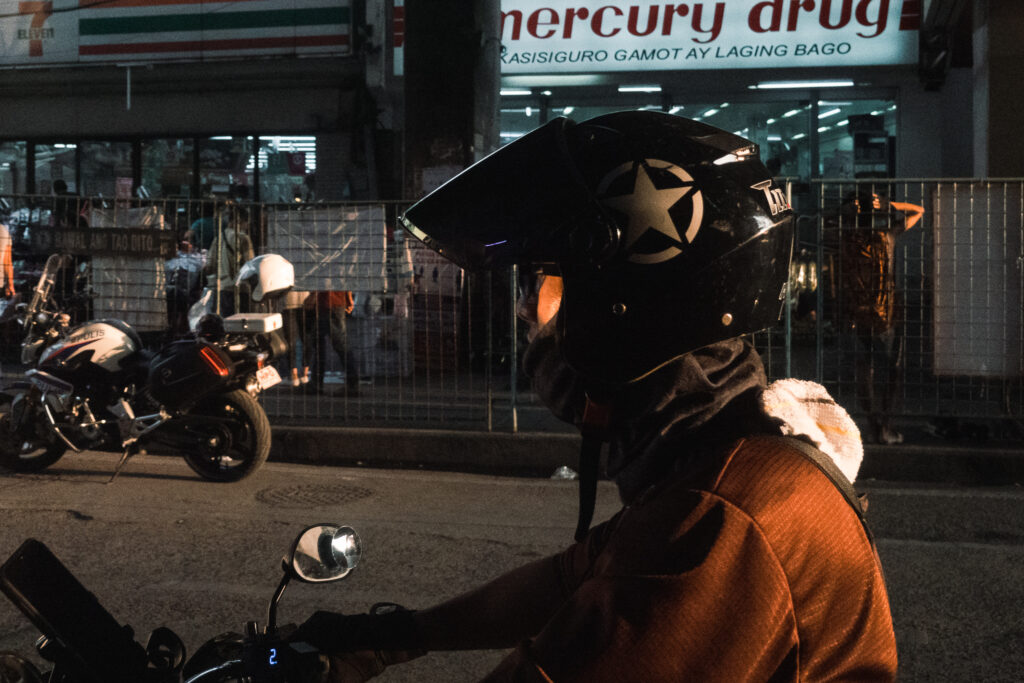
Who is it for?
Small cameras have a lot of benefits. They’re easier to carry around, they’re less conspicuous, and they’re more practical for certain situations.
For example, I often take a small camera with me when I’m traveling. It’s great for places where a big camera would stick out like a sore thumb (e.g dinner at a nice resto), and it’s less likely to get damaged or stolen. Plus, it’s great for capturing spontaneous moments when I’m in transit. e.g. sitting in a cramped economy seat or the back of an Uber.
I also like to use a small camera for street photography. It’s more discreet than a big mirrorless camera, and it’s easier to get very close to subjects without making people conscious. e.g. in wet markets and bazaars.
Can it be my only camera? No. I’m too much of a camera geek for that. I will want a larger sensor camera for a lot of things.
But as a companion camera, as a compact point and shoot to get me to 200mm-equivalent, hell yeah.
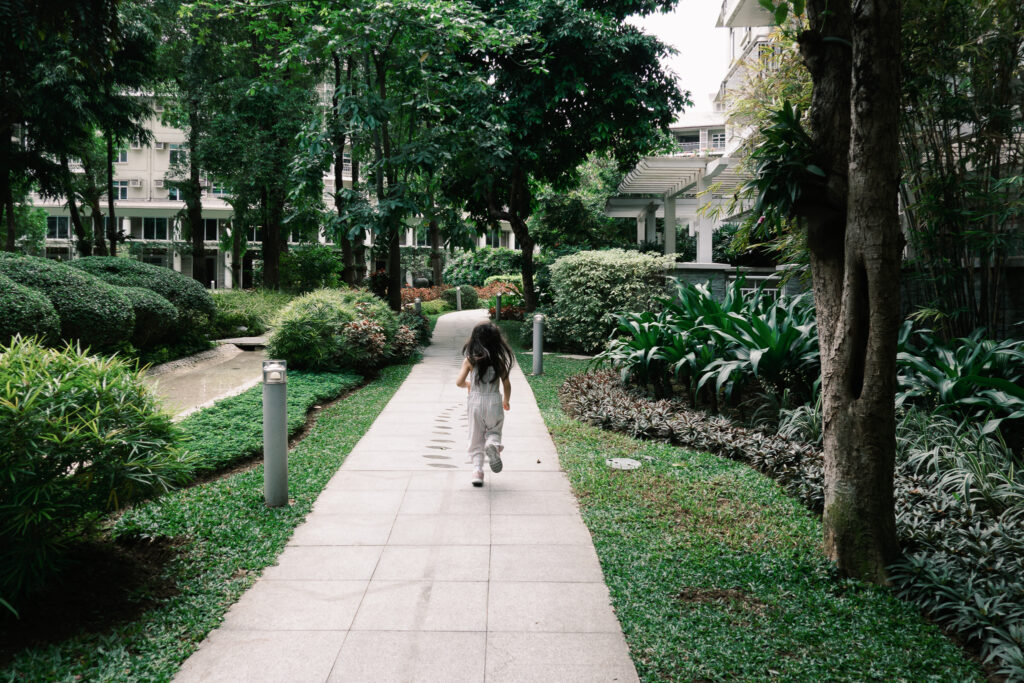
hi! great review. im on the edge of grabbing the rx100 but unsure about colors and general image quality. im coming from fuji sensors. whats your work flow like, do you shoot raw, edit in LR, what presets do you use to get those nice colors in your sample images?
Thanks for taking time to write your review! I actually already got my RX100 vii about a year ago, took it with me to Europe and Africa this past Spring / Summer. (I travel a lot, and just didn’t want to lug my Canon DSLR w/ lenses around anymore!). The only other ‘review’ comment I would make is, it’s certainly not ‘intuitive,’ i.e., I spent hours watching youtube tutorials. There’s no ‘easy’ way to learn the menu options other than practice and practice! I used it as a 2nd video camera for a bunch of interviews and b-roll I did in Africa. (I work with a non-profit and am developing some ‘fund-raising’ videos for our projects). It worked outstanding!! LOVE the mic jack! I have a 16′ double lav mic for interviews…. worked great!! I’m hardly a ‘professional’ photog guy, but I’m a very serious ‘amateur,’ in my mid-60’s and I LOVE this camera!! I bought the little Sony hand grip for $100 and VERY glad I did. Works well as a mini-tripod, etc.
You can (and definitely should) use the custom menu pages (star). Add all the settings you normally need quick access to in there and it’ll be the most intuitive camera you’d ever use.
Great review! I want to buy one! Just wondering… how come we see this camera so cheap on lazada? are those legit?
I found this site whilst researching the griii and then found myself down the rabbitt hole here on the Sony rx100 vii. Bravo on your excellent content! I love to shoot street and travel but now have a 1 year old at home and capturing him on the go is becoming a must. It sounds like the sony is the better choice for that all rounder, buy will I be disappointed in the difference in IQ vs the griii? I also shoot an xpro2 and numerous film cameras, but find the xpro not compact enough for true edc shooting and film just too $$$ to use for family candids.
I looked every where in the menu for the S&Q option and set up but couldn’t find it. Can you help me how to find it & how to use it. Camera rx100vii
A great review and very accurate. I bought this camera about 6 months ago and it’s terrific, it really is!
I bought it to use along side my Niko D850 and as a walkabout/travel camera. The weight of my D850 with a couple of lenses that match the focal length of the Sony can get quite heavy after a few hours. In all honesty, the D850 hasn’t been used anywhere like as much since getting this little beauty. If image quality is paramount or if I’m doing Macro then I’ll grab the Nikon.
Fantastic review!
Great review with good detail.
I have the mkV but am in the market for one I can use at concerts and festivals.
The autofocus on the V is lacking and the dynamic range is t as good as I’d want, would you know if the mkVIi is a viable upgrade for gigs etc?
Cheers!
Can you share your settings for the color profile of these photos?